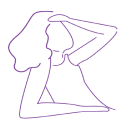
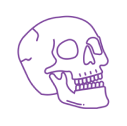
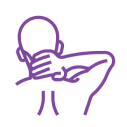
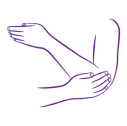
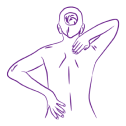
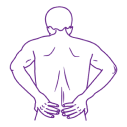

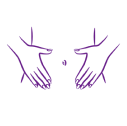
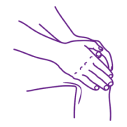
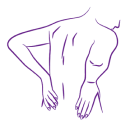
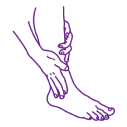
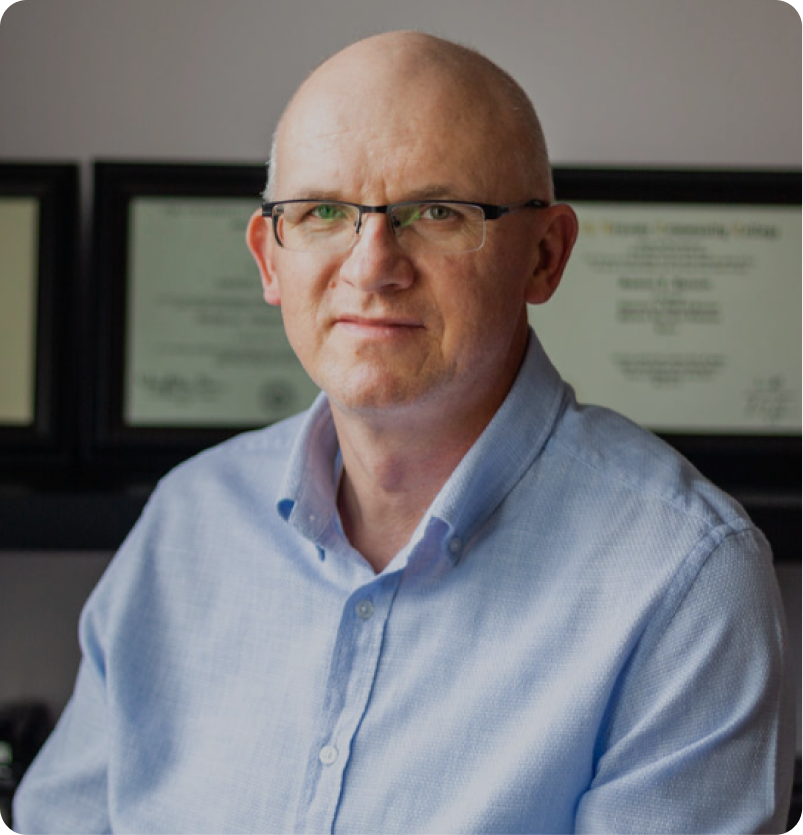
I use a comprehensive interdisciplinary approach to physical therapy, evaluating and treating compensations to restore optimal function and empower patients to achieve their physical wellness goals.
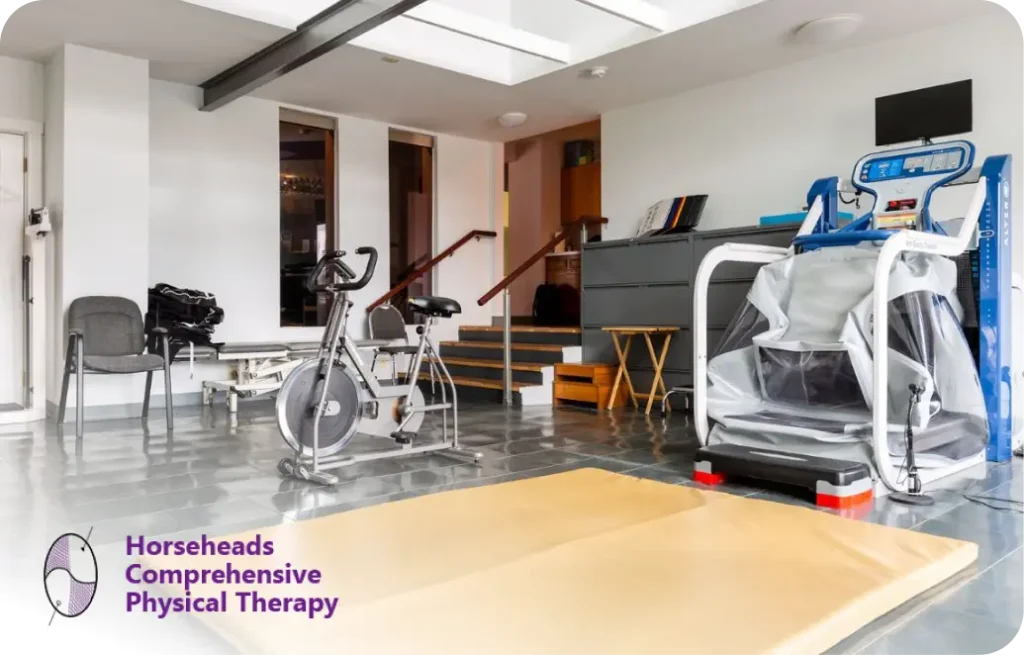
2758 Westinghouse Rd, Horseheads, New York
I currently have 2 physical locations where patients may come for a therapy session. Additionally, I can do tele-health at your request!

116 Central Park South, New York, New York
My second location is in New York City, in front of Central Park, where I treat patients jointly with Dr. Laura Torrado DDS.
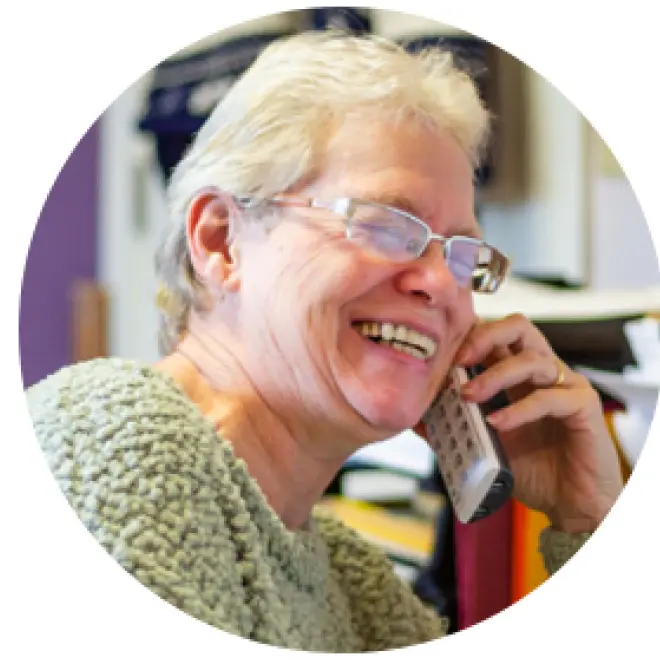
Office administrator, receptionist, billing specialist, and certified physician coder.
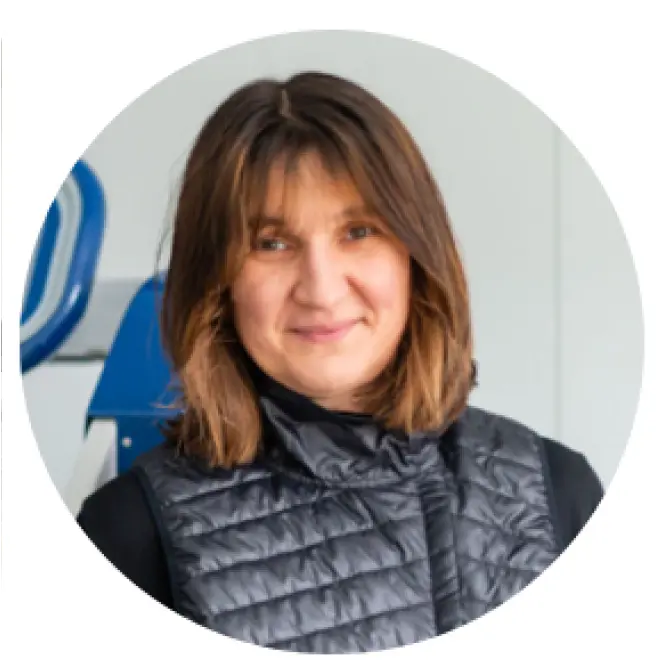
Master physical therapist
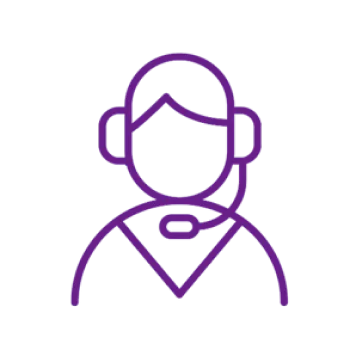
My expert administrative staff will guide you seamlessly through starting the process.
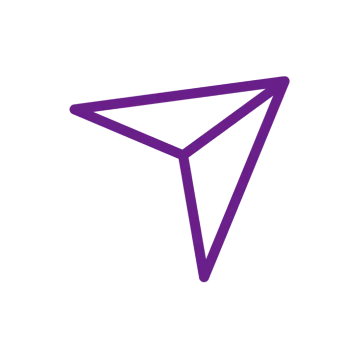
Most insurance companies will cover your therapy without a prescription.
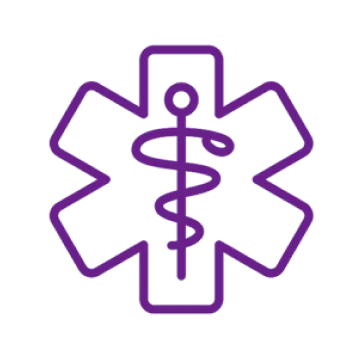
I accept Medicare with a doctor’s prescription or referral.
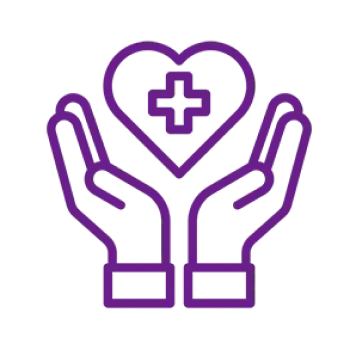
We will give you our undivided, one on one attention for better education and long term knowledge.

We ensure the highest standards of hygiene and sanitation, providing you with peace of mind during your visit.
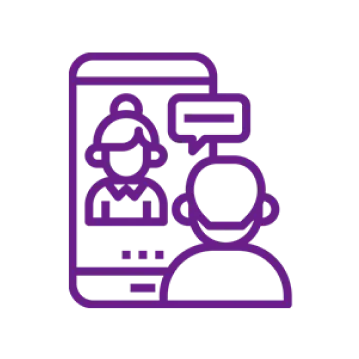
I provide telehealth solutions for extra convenience for our patients. Message us to set up a telehealth visit today!
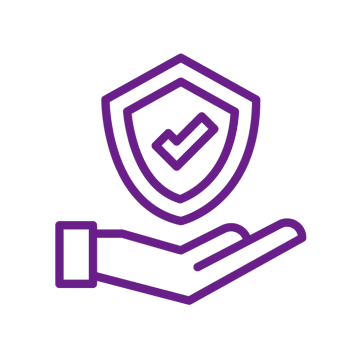
We participate with most commercial health plans, no-fault (MVA), and workers compensations.
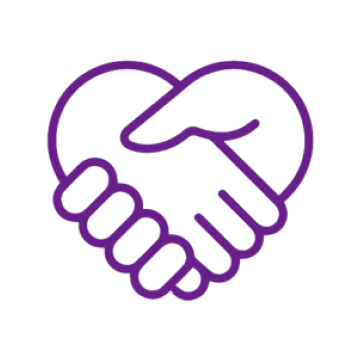
I will train family members to be actively involved in your care by using themselves in a simple way to assist with your healing.
Click here to
contact me!
Click here to
contact me!
A passionate physical therapist who restores each patient’s function to the highest possible level.
A passionate physical therapist who restores each patient’s function to the highest possible level.
Imagine a scientist who observes your body’s position while you are standing, sitting, walking, etc., and has the exact education needed to apply their understanding of how your body interacts to improve your posture. With this vision, a therapist, supported by a team of medical clinicians, helps many patients restore their optimal function of movement from where they are to homeostasis.
What would we call such a therapist? A job title does not currently exist, but our hope is that someday it will. For now, let us call this professional a Postural Restoration Therapist. A Postural Restoration Therapist’s job is to evaluate and treat the body’s compensations and pathologies by identifying specific problems caused by faulty posture and its effect on movement. Each treatment is intended to rectify function to the best possible degree. A practicing Postural Restoration Therapist works to integrate the alternating reciprocal movement of your body. An example could be the gait: normally when your right hand goes forward, your left foot goes forward, and the reverse is true.
When this alternating reciprocal movement is improved, a patient’s pain is often replaced by comfort for the first time in years, and they think it is magic. The only magic is that of science and much training.
Welcome to our practice. We hope you will benefit from our expertise and find this website helpful and educational.
At Comprehensive Physical Therapy, our commitment is to provide the highest quality care to all our patients. To ensure a smooth and informed experience, please take a moment to familiarize yourself with our financial and insurance policies. Please remember that you are our patient, and the financial responsibility rests with you.
Initial Appointment:
Diagnostic Tests:
Dress for PT Visits:
Subsequent Appointments:
Scheduling Appointments:
Appointments for Minors:
Cancellation Policy:
Physician Referrals:
Insurance Participation by Comprehensive Physical Therapy:
Worker’s Compensation or No-Fault Cases:
Self-Paying:
Patients Involved in Personal Liability/Litigation Cases:
Insurance Coverage Cap:
Filing Insurance Claims:
Co-payments:
Outstanding Balances:
The 4 R’s of Dynamic Posture
The 4 R’s of Quality Physical Therapy Treatment. Once a person needs physical therapy, accurate and specific exercises must be chosen to achieve an effective therapeutic result for each patient. Those exercises must be applied sequentially based on the initial and subsequent assessments. A universal process is employed to ‘rectify a balanced posture.’ This process includes four distinct stages: repositioning, recruiting, retraining, and restoration. Repositioning and recruiting exercises differ from commonly used physical therapy techniques of stretching and strengthening. Repositioning and recruiting exercises directly engage a particular muscle(s) to obtain neutrality of the system for its best function. Clinical experience shows that if strength is restored first, system power is lost, and we reinforce the wrong position of the muscle(s) or joint(s) that brought us for treatment in the first place. Repositioning and recruiting exercises are engineered to correct how each muscle is held and performs. Think of these exercises as correcting the brain signals to position each muscle or muscular chain. Once posture is improved, as you do your daily activities, muscle strength and joint alignment will return. This is an important paradigm shift for most patients, just like the creation of a digital watch was a change in thinking for the makers of the geared watch.
Retraining, mechanical understanding of the body’s position is important, but the habits we develop are more significant. When the brain is asked to send a message repeatedly to perform a movement, it reinforces the use of that action and ultimately becomes a habit. All actions while awake or asleep become a part of the pattern. This creates a “living function” that can support the best use of our physiology or become a habit that strains our bodies.
By definition, “A habit is something that the brain does automatically.” Habits are the brain’s shorthand, a coded set of instructions that let us move in our three-dimensional world without having to think about how we do physical therapy. You created habits in your movement patterns to compensate for lost position and developed weaknesses in your muscles. These may include a limp, holding one shoulder higher/lower, always standing on one leg, always stepping forward with one foot, chewing on one side, looking through one field of vision, etc.
The Repositioning, Recruitment, and Retraining exercises you will be asked to do are not always physically difficult and do not require strength like weightlifting. The challenge asked of you is to change the mental and physical patterns (habits) of how you do the simplest tasks. We all know that change is not easy.
Restoration: Comprehensive Physical Therapy strives to transform our habits from negative to positive. The patient and therapist must work together to restore alternating reciprocal movement to obtain a balanced dynamic posture.
With the assistance of the respiratory system, neutrality is obtained by the central bone(s) (sphenoid, sternum, and sacrum) of any complex to allow the system’s function to be restored.
Stabilization of body or joint position requires that we turn on specific muscle(s) in a sequential planned process from head to toe, or the reverse, depending on dysfunction.
The exercises used to influence habits, allowing for better function and comfort of movement throughout daily activities.
Achieving optimal function (homeostasis) of the body as a whole through the processes of repositioning, recruiting, and retraining exercises.
Posture is a reflection of the “position” of many systems that are regulated, determined, and created through limited functional patterns. These patterns reflect our ability and inability to breathe, rotate, and rest symmetrically with the left and right hemispheres of our axial structure. – Ron Hruska Jr., MPA, PT www.posturalrestoration.com“
As a new or returning patient to our physical therapy practice, we would like to welcome you! You have come to us because of pain, dysfunction, or limitation in your movement for everyday activity. This could be a result of overuse, injury, disorder, or disease. Your upper extremity (shoulder, elbow, wrist), lower extremity (hip, knee, ankle, foot), cranium, neck, or torso (back) are not functioning ‘normally.’
You will be interviewed, and your story will be listened to carefully to gather the important clues from your history as to what brought you to today’s session.
Please think about the following prior to coming to your first visit:
Next, we will do a physical evaluation, and as with any medical professional, you may be asked to put on a gown for a more accurate evaluation. Based on the examination, the level of treatment needed will be determined.
The first step in rehabilitation we call repositioning. What is important in repositioning is how the gases move within your rib cage and change the position of the system. When the system is repositioned, we are not just realigning something; we are restoring function to and throughout the body. [Create a link to learn more] Let’s look at the science of your body so you understand why and how this therapy works.
Your first exercise session will begin with exercises like blowing up a balloon. The movement of your ribcage happens because of the diaphragm and rib muscles, and in your therapy, we want to establish the proper position of the diaphragm and the ribs and their muscles. Our diaphragm can function both as a voluntary and an involuntary muscle, so the positioning exercises you will do allow you to improve your condition. Eventually, your muscles can be reset at the same time without conscious thought or action.
With each visit, your physical therapist will assess your progress and review and/or teach you new exercises. You will practice each exercise in the office and then take them home to work on daily.
Before you leave the examination, your visit will be summarized for your understanding, and an individualized rehab plan will begin.
Understanding Your Comprehensive Physical Therapy Visit(s):
Patients sometimes ask these questions:
What are the three levels of problems and the treatment for each?
Can Postural Restoration exercises result in muscle aches? Yes! Specific muscles targeted in the exercises can cause aches, and this is to be expected. The aches should dissipate within a few days.
During your visit, the pain goes away, but then returns, should I be worried? No, if the pain goes away when you achieve a neutral position, with your physical therapist’s help, it means that your problem can be fixed or controlled with exercises. If neutrality is restored and function improves but pain still persists, you will be advised to contact your physician for additional testing.
Is an educated patient a better patient? Asking questions and understanding your treatment is recommended for all patients. It is always a wise patient who oversees their own care and asks clarifying questions of any medical professional. Your understanding of your therapist’s goal(s) will help you both. After all, you are on the same team! Only you can give accurate feedback about your symptoms and the subtle changes you notice. Your body is an ever-changing system, and the treatment must meet the body’s needs where they are at the moment of treatment.
Why do I have difficulties with remembering and performing my exercises? Each exercise you were taught at your first and subsequent visits was introduced and practiced, step by step. Individually, the steps were simple, but all together they may have seemed awkward and overwhelming. This is a normal feeling. If this was your reaction, please be patient with yourself and the process. Stop any and all negative self-talk!
Think about how it feels to write your name using your other hand. It isn’t awkward because you are any less intelligent. Your brain is being challenged to function in a new way.
The brain forms synapses whenever we learn a new task. With each repetition, the neurological connections grow, and the exercises will become easier.
How often should I perform exercises and why? The time required to master a new exercise varies with individuals. Looking at how the brain learns will influence how often and when you do your exercises. Research shows that to master a new skill, the skill should be introduced 3-4 times a day, at six-hour intervals, for approximately forty days.
Let’s apply this brain science to changing your postural habits from conscious to subconscious.
To achieve optimal benefit from your treatment:
Do you have a way to be videotaped? Bring your recording device to the next visit, and the therapist will record you doing the exercise correctly.

Office administrator, receptionist, billing specialist, and certified physician coder.
I joined Comprehensive Physical Therapy (formerly Physical Therapy Center of Horseheads) in 2009, and my organizational and clerical skills seamlessly integrated into the team. Witnessing excellent patient outcomes has strengthened my belief and trust in this team. Working in an office that commands respect is a pleasure, and I aim to maintain a high standard. Patients deserve the support of a well-run and calm office, and that is my job. My days are ever-changing, interesting, and enjoyable.
I’m here to assist you with scheduling appointments, resolving insurance matters, and answering questions in person via phone at 607-795-1539 or via email at comprehensivept2977@gmail.com or horseheadspt@gmail.com. Please don’t hesitate to contact me for any specific questions or further assistance.

Master physical therapist
Jadwiga Niedzielska is an experienced physical therapist in New York State with over 30 years of practice. She holds a Master’s degree in Physical Therapy from the Academy of Physical Education in Warsaw (1993) and has worked in various settings, specializing in pain reduction, mobility restoration, injury rehabilitation, and overall functional improvement using a biomechanical and neuromuscular approach. She employs a range of techniques such as exercises, ultrasound, electrical stimulation, joint mobilization, and more, staying up-to-date with the latest research to optimize patient wellness and function.
The human body has a perfectly dynamic design for movement. This biomechanical relationship between the torso and its extremities is symbiotic and is propelled by gases and fluid flow, as well as muscular action. The attachments of most muscular chains are located in the torso, woven within the thoracic diaphragm, pelvic floor, and thoracic inlet, and surrounding fascia. Therefore, major muscular chains are functionally influenced by the action of breathing and fluid movement. The dynamic nature of the torso’s position facilitates the reciprocal movement of the body and its balance.
Our logo represents the human body’s torso without the extremities. What remains is a structure shaped like an oval or “egg.” The ideal shape of the torso depends on the position of the bones, the function of the muscles, the ability to exchange the gases of respiration, and the proper movement of the body’s fluids. Our “egg” is divided into eight quadrants – four on the front and four on the back. This division is related to the state of the inside empty space called the mediastinum. The flexibility of this empty space will determine lung expansion.
Think of the diaphragm as having two hemispheres, both physiologically and functionally. On the right side, the diaphragm is better developed and thicker, and is in a better position for descending action – inhalation. The left side is thinner, more linear, structurally more concave (top to bottom), and therefore functionally prone to postural adaptations. Both halves of the diaphragm assist in the movement of fluids and gases by morphing the body’s shape and provide a fulcrum that creates leverage for muscular work. When the body is in the patho-compensated state, the diaphragm becomes a force of postural control.
The white space of the logo represents the portion of the body cavity that has to be compressed; meaning the muscle action of this cavity must be engaged to expel the body’s gases during exhalation. The purple color represents the portion of the body cavity that has to be inhibited, meaning these muscles have to be relaxed and the gases have to flow there. This alternating reciprocal action is a natural way to propel our body and is the reason for its dynamic function.
A structural axis exists from the left shoulder to the right hip. This axis passes through the heart, stomach, and liver and is powerful because it is involuntary. Its positional relationship to the diaphragm guarantees the function of inhalation, and therefore survival in times of emergency. When the heart-stomach-liver axis is overused during daily activities, it will dominate our life by changing the body’s posture, therefore affecting its function and balance.
A functional axis exists from the right shoulder to the left hip. This axis passes through the right lung, stomach, and spleen. It is also powerful because it asymmetrically balances the function of the structural axis.
This logo’s functional message both dictates and clarifies our approach to treatment at Comprehensive Physical Therapy. We strive daily to restore an alternating reciprocal action between the structural and functional axes to obtain optimal body balance in all daily activities.
Application of PRI The Comprehensive Physical Therapy and its Application of the Postural Restoration Concepts.
The therapists at the Comprehensive Physical Therapy have specialized training beyond the required state certification from the prestigious Postural Restoration Institute (PRI) founded by Ron Hruska posturalrestoration.com. There are four major concepts around which the philosophy of PRI was developed and that drive our work leading to understanding the balance of our body and the relationship between all of its systems.
Concept 1 Symmetry vs. Asymmetry
In our world today, symmetry is valued as beauty. We adjust the images of models and movie stars to be more symmetrical, always striving for the “perfect face or body”! As children we are taught that we are symmetrical beings with two eyes, two ears, etc. In reality, our lack of symmetry is significant when considering physical therapy. How are we asymmetrical?
Body function is driven from asymmetrical brain centers and asymmetrically aligned inner organs. This enables us to move reciprocally instead of freezing, like robots. We then realize all daily activities are asymmetrically driven and this influences our habitual patterns which can be either functional or non-functional.
Concept 2 Position = Power
Human function depends on the relationship of the positions of the body complexes. Three complexes exist. Understanding their interaction will help us better comprehend our everyday movement. See the chart below and click on video links (Under construction) to visualize their mechanical action.
When a new patient arrives, we consider the whole body and its function, and then the parts of that whole are taken into consideration. When the three complexes are in perfect harmony, they sit one on top of the other, resulting in a balanced system. However, if one is shifted out of position, we lose power. Internal forces are created (muscle stress, increased respiratory pressure, etc.) and strong external fixations are produced (vestibular, and visual fixations in space, etc.) to obtain a new balance.
Just as the rotating gears of a fine Swiss timepiece affect each other’s performance, our body systems affect each other in their daily function and create the body’s position in space. Imagine each of the three complexes of our body as a major gear with serrated edges.
Gears move in relationship to each other. Visualize three gears in action, as one gear moves clockwise, the next moves counterclockwise, and the third moves clockwise again. Our body’s complexes move in relationship to each other, and no matter what complex moves the other two respond accordingly. Even the simplest body movement becomes complicated. Our watch exists in one or two planes, but our bodies have nearly infinite positions of movement. We can no longer think about body movement as linear, but rather as a 3D wave. This has to be reflected in exercises and other therapeutic techniques.
Concept 3 Polyarticular chains
The brain and nervous system control all of our voluntary and involuntary functions. Communication between the nervous system and body movement is via polyarticular chains. Muscular chains are found on each side of the body and consist of the same muscles. These polyarticular chains both influence and are influenced by the diaphragm. We need these paired chains to recruit reciprocally (from side to side) for sitting, standing, and walking, etc. For each daily activity to occur, one chain of a pair has to support us, while the other moves us. Without this paired relationship, motion will not be functional and balance will be lost.
Concept 4 Breathing
Breath includes physiological and functional aspects that can be understood at many levels. Our focus is the functional aspect of breathing, how it influences the reciprocal action of the polyarticular chains, and the subsequent body movement. Breathing as a primary respiratory mechanism divides the muscles of the body into inhalatory and exhalatory functions.
What happens in the inhalatory phase? The ribcage expands and ribs move further apart and up; the diaphragm is lowered because the lungs are filled with gas. This will stimulate the muscular chains of the flexors, abductors, and external rotators, which are the muscles that propel our body.
What happens in the exhalatory phase? The ribcage relaxes and ribs come closer together; the diaphragm is heightened because the lung’s gases are expelled. This will stimulate the muscular chains of the extensors, adductors, and internal rotators, which are the muscles that hold our body upright against gravity.
The shape of the diaphragm is important, but equally important is the height of its walls in relation to the rib cage. This dictates the action of the polyarticular chains and the function of the body. The diaphragm is made of two hemispheres, each consisting of many layers of muscle fibers that work together or independently.
The two diaphragmatic hemispheres and the polyarticular muscular chains move reciprocally. This movement creates a perpetual motion of the body, its functions, and how we perform our daily activities.
Let’s apply this science to physical therapy. Every patient seen in physical therapy has developed compensations in their primary respiratory mechanism. Ideally, the function of muscular chains is reciprocally equal on both sides. When imbalanced, either a person’s inhalatory or exhalatory body pattern is more active.
Example: When we do a daily activity – i.e.; tooth brushing – we use positional body patterns. If you are brushing right-handed, you most likely will be standing on the right leg and your right shoulder will be lower than the left one. When the activity is done, if you are able to shift to the left side and drop your left shoulder down, then you are fine. People who remain in the “tooth brushing” position through most of the day, right shoulder lower, and weight over the right lower extremity, have developed compensation. They remain in an inhalatory pattern on the left and exhalatory pattern on the right. They will carry this positional body pattern throughout all daily activities and most likely will develop pain.
The Comprehensive Physical Therapy and Its Application of the Postural Restoration Concepts.
The therapists at Comprehensive Physical Therapy have specialized training beyond the required state certification from the prestigious Postural Restoration Institute (PRI), founded by Ron Hruska (posturalrestoration.com). There are four major concepts around which the philosophy of PRI was developed, and these concepts drive our work, leading to an understanding of the balance of our body and the relationship between all of its systems.
Concept 1: Symmetry vs. Asymmetry In our world today, symmetry is valued as beauty. We adjust the images of models and movie stars to be more symmetrical, always striving for the “perfect face or body.” As children, we are taught that we are symmetrical beings with two eyes, two ears, etc. In reality, our lack of symmetry is significant when considering physical therapy. How are we asymmetrical? Body function is driven by asymmetrical brain centers and asymmetrically aligned inner organs. This enables us to move reciprocally instead of freezing, like robots. We then realize all daily activities are asymmetrically driven, and this influences our habitual patterns, which can be either functional or non-functional.
Concept 2: Position = Power Human function depends on the relationship of the positions of the body complexes. Three complexes exist. Understanding their interaction will help us better comprehend our everyday movement. See the chart below and click on video links (Under construction) to visualize their mechanical action. When a new patient arrives, we consider the whole body and its function, and then the parts of that whole are taken into consideration. When the three complexes are in perfect harmony, they sit one on top of the other, resulting in a balanced system. However, if one is shifted out of position, we lose power. Internal forces are created (muscle stress, increased respiratory pressure, etc.), and strong external fixations are produced (vestibular and visual fixations in space, etc.) to obtain a new balance. Just as the rotating gears of a fine Swiss timepiece affect each other’s performance, our body systems affect each other in their daily function and create the body’s position in space. Imagine each of the three complexes of our body as a major gear with serrated edges. Gears move in relationship to each other. Visualize three gears in action; as one gear moves clockwise, the next moves counterclockwise, and the third moves clockwise again. Our body’s complexes move in relationship to each other, and no matter what complex moves, the other two respond accordingly. Even the simplest body movement becomes complicated. Our watch exists in one or two planes, but our bodies have nearly infinite positions of movement. We can no longer think about body movement as linear, but rather as a 3D wave. This has to be reflected in exercises and other therapeutic techniques.
Concept 3: Polyarticular Chains The brain and nervous system control all of our voluntary and involuntary functions. Communication between the nervous system and body movement is via polyarticular chains. Muscular chains are found on each side of the body and consist of the same muscles. These polyarticular chains both influence and are influenced by the diaphragm. We need these paired chains to recruit reciprocally (from side to side) for sitting, standing, and walking, etc. For each daily activity to occur, one chain of a pair has to support us, while the other moves us. Without this paired relationship, motion will not be functional, and balance will be lost.
Concept 4: Breathing Breath includes physiological and functional aspects that can be understood at many levels. Our focus is the functional aspect of breathing, how it influences the reciprocal action of the polyarticular chains, and the subsequent body movement. Breathing as a primary respiratory mechanism divides the muscles of the body into inhalatory and exhalatory functions.
What happens in the inhalatory phase? The ribcage expands, and ribs move further apart and up; the diaphragm is lowered because the lungs are filled with gas. This will stimulate the muscular chains of the flexors, abductors, and external rotators, which are the muscles that propel our body.
What happens in the exhalatory phase? The ribcage relaxes, and ribs come closer together; the diaphragm is heightened because the lung’s gases are expelled. This will stimulate the muscular chains of the extensors, adductors, and internal rotators, which are the muscles that hold our body upright against gravity.
The shape of the diaphragm is important, but equally important is the height of its walls in relation to the rib cage. This dictates the action of the polyarticular chains and the function of the body. The diaphragm is made of two hemispheres, each consisting of many layers of muscle fibers that work together or independently.
Michal’s Niedzielski – PT, PRC
Michal earned his Master’s Degree in Physical Therapy from the Academy of Physical Education in Warsaw, Poland, in 1992. Before founding Comprehensive Physical Therapy 2012 (formerly Physical Therapy Center of Horseheads in 1996), Michal worked as a physical therapist at the Arnot Ogden Medical Center. In 2007, he became Postural Restoration Certified (PRC) and later traveled to Poland to introduce the concepts of Postural Restoration to students, physiotherapists, and healthcare providers. He taught courses at several universities and lectured both locally and nationwide to college physical therapy majors, coaches, and medical professionals.
Michal specializes in treating a wide range of patients, from those with minor compensations and aches to individuals with serious pathology and incapacitating pain. His primary goal is to restore each patient’s function to the highest possible level. Michal also works with athletes to help them achieve individual and team success. His work has contributed to the success of various sports teams, including several NY State Championship girls’ volleyball teams, an Olympian who won a silver medal in Sydney, and numerous world cup winners in different sports. He also consults with a fencing coach at a fencing club in Washington, D.C.
“As a physical therapist, I remember my first patient. I took stock of all I learned in school as I treated this patient. Wow! I said to myself, I need to know this content a whole lot better than I do, and that was my overwhelming thought pattern those early days! In my mind, I was reviewing the facts of my lessons on muscles, bones, and ligaments and their application to each treatment, but I was not yet seeing the big picture.
With each new patient, I learned more and more. I studied with Ron Hruska, the man who developed the Postural Restoration Institute. This education organized my thinking and increased my understanding of my daily work.
Currently, I am at a perpetual point of discovery in my career. With each patient, I see relationships within the human body and each of its systems. I see the effect that each unique dysfunction places on those systems.
I am working to share my knowledge of the body’s dynamic nature with related professionals and patients like you. Observations and analysis of each individual case continue to improve my diagnostic and treatment ability. I strive to have each patient make an expedient return to their daily lives of healthy living.”